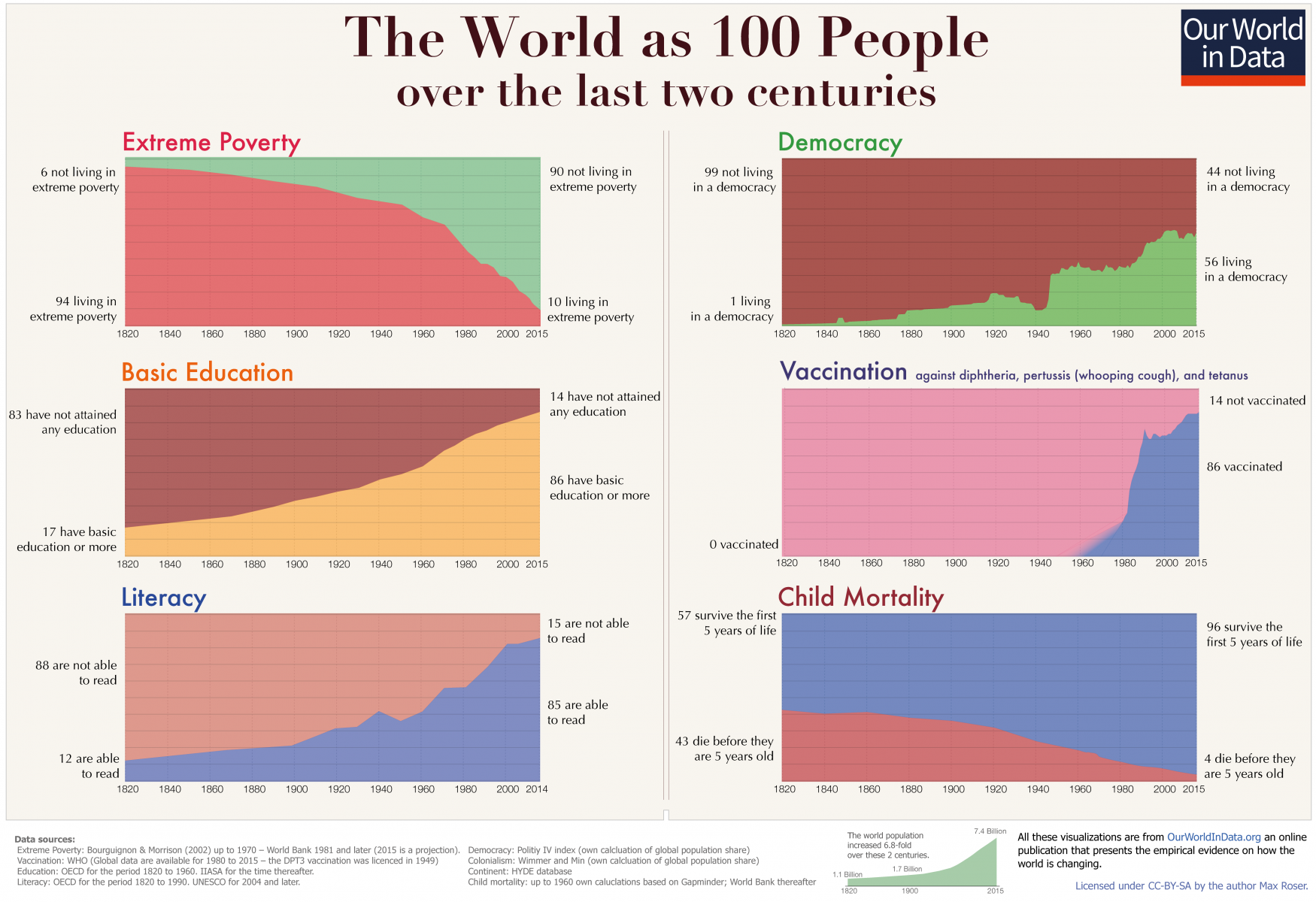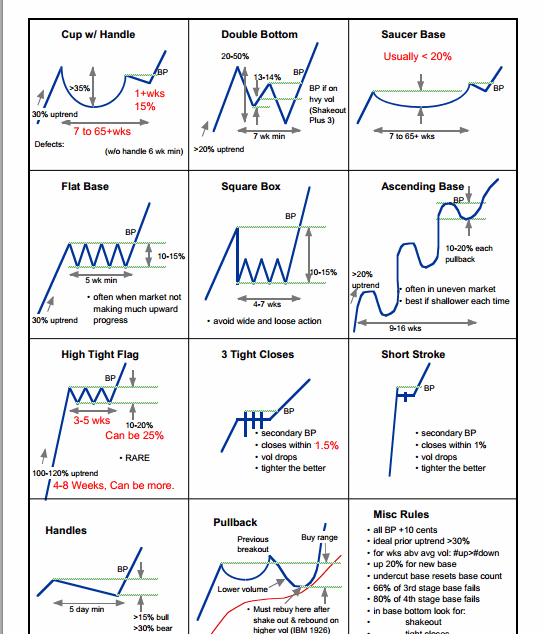 Trading is not about perfection. It is about probability and progress. All charts, analyses (fundamental and technical) and trading plans are built on probabilities.
Trading is not about perfection. It is about probability and progress. All charts, analyses (fundamental and technical) and trading plans are built on probabilities.
Why then, do so many traders strive for perfection? Why do so many traders miss trades, waiting for exactly the right entry and then beat up on themselves when it doesn’t come and the position runs away while they sit there scratching their heads and condemning themselves?
Why are so many traders trying to turn a game of probability into one of 100% certainty?
The answer lies in one of the cardinal sins of trading which is PERFECTIONISM.
Perfectionism can be a great help to people in many professions, but can be fatal to a trader. Perfectionists, always trying to find the Holy Grail of trading go from one service to another, from one system to another, looking for a way that they can be right all the time. YES! Now, I found it. It’s this trading room, or this service, or this indicator! Wait… something is wrong here. Not all of these trades are working and I have draw downs! How can it be that this particular method failed and I actually had to take a loss? Must be something wrong. I will try harder and look for an even better system, a more expensive service, a new and improved guru, some absolutely no-fail software so that I can have ONLY WINNING TRADES. (more…)



 Trading is not about perfection. It is about probability and progress. All charts, analyses (fundamental and technical) and trading plans are built on probabilities.
Trading is not about perfection. It is about probability and progress. All charts, analyses (fundamental and technical) and trading plans are built on probabilities.

 Everyone makes mistakes. Some repeat their mistakes and suffer continuously. The smart ones learn from their own mistakes and call it experience. But the geniuses are a special breed, they’re the ones that learn from the mistakes of others. Here’s what Bruce Kovner has to say about this subject: “You have to be willing to make mistakes regularly; there is nothing wrong with it. Michael [Marcus] taught me about making your best judgment, being wrong, making your next best judgment, being wrong, making your third best judgment, and then doubling your money. Whenever I enter a position, I have a predetermined stop. That is the only way I can sleep. I know where I’m getting out before I get in. The position size on a trade is determined by the stop, and the stop is determined on a technical basis. I never think about other people who may be using the same stop, because the market shouldn’t go there if I am right. Place your stops at a point that, if reached, will reasonably indicate that the trade is wrong, not at a point determined primarily by the maximum dollar amount you are willing to lose. If you personalize losses, you can’t trade.”
Everyone makes mistakes. Some repeat their mistakes and suffer continuously. The smart ones learn from their own mistakes and call it experience. But the geniuses are a special breed, they’re the ones that learn from the mistakes of others. Here’s what Bruce Kovner has to say about this subject: “You have to be willing to make mistakes regularly; there is nothing wrong with it. Michael [Marcus] taught me about making your best judgment, being wrong, making your next best judgment, being wrong, making your third best judgment, and then doubling your money. Whenever I enter a position, I have a predetermined stop. That is the only way I can sleep. I know where I’m getting out before I get in. The position size on a trade is determined by the stop, and the stop is determined on a technical basis. I never think about other people who may be using the same stop, because the market shouldn’t go there if I am right. Place your stops at a point that, if reached, will reasonably indicate that the trade is wrong, not at a point determined primarily by the maximum dollar amount you are willing to lose. If you personalize losses, you can’t trade.”

